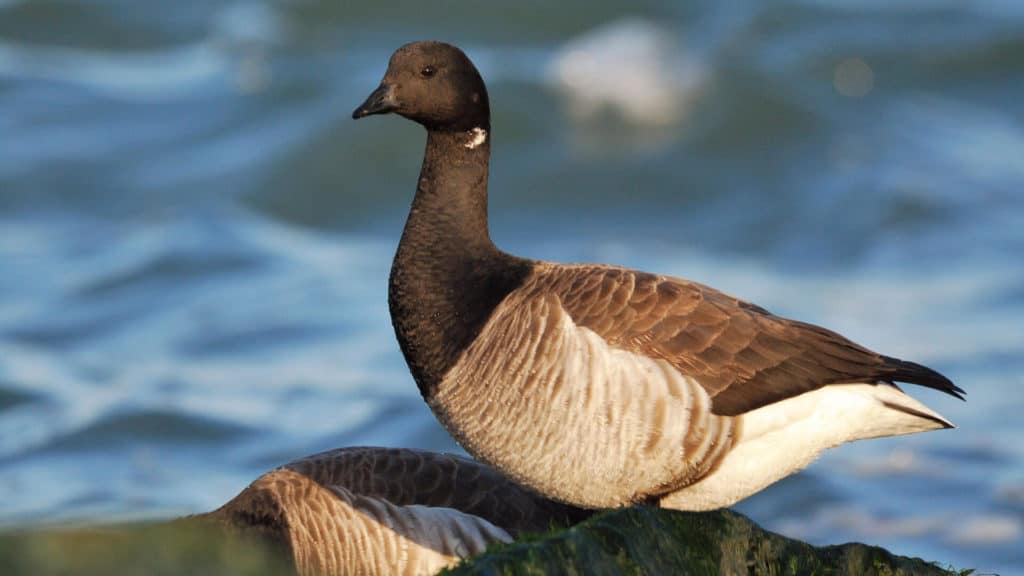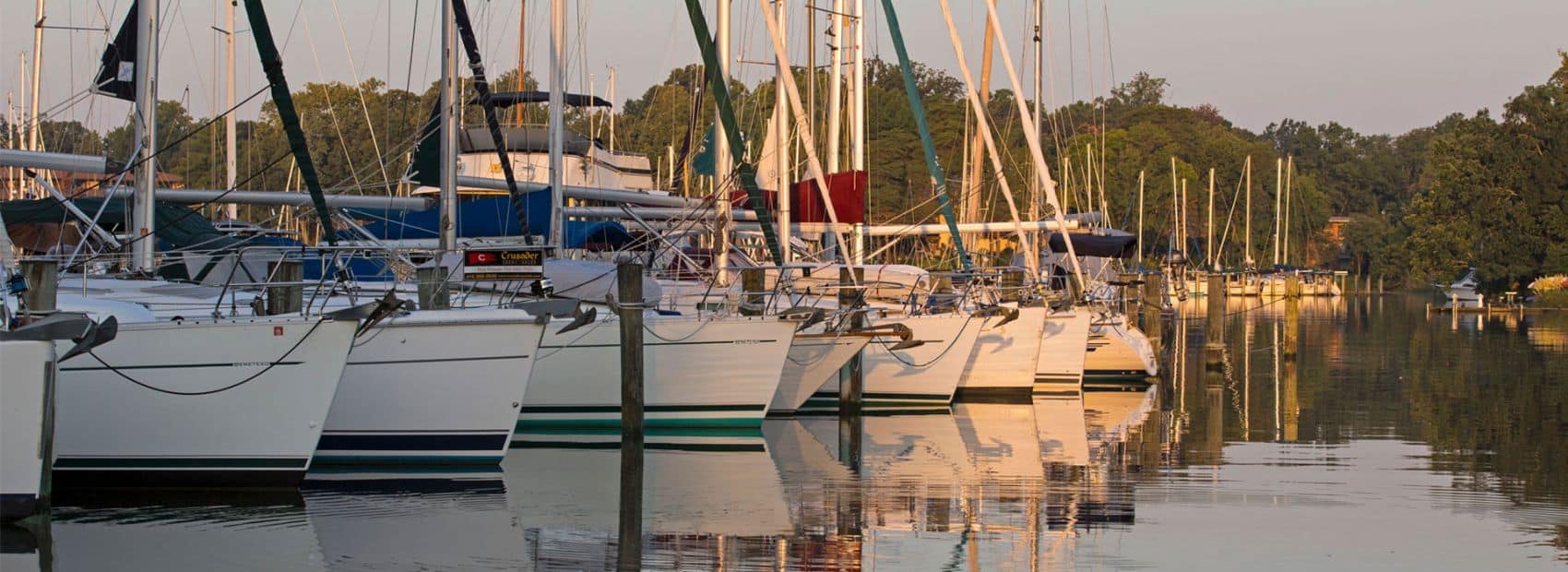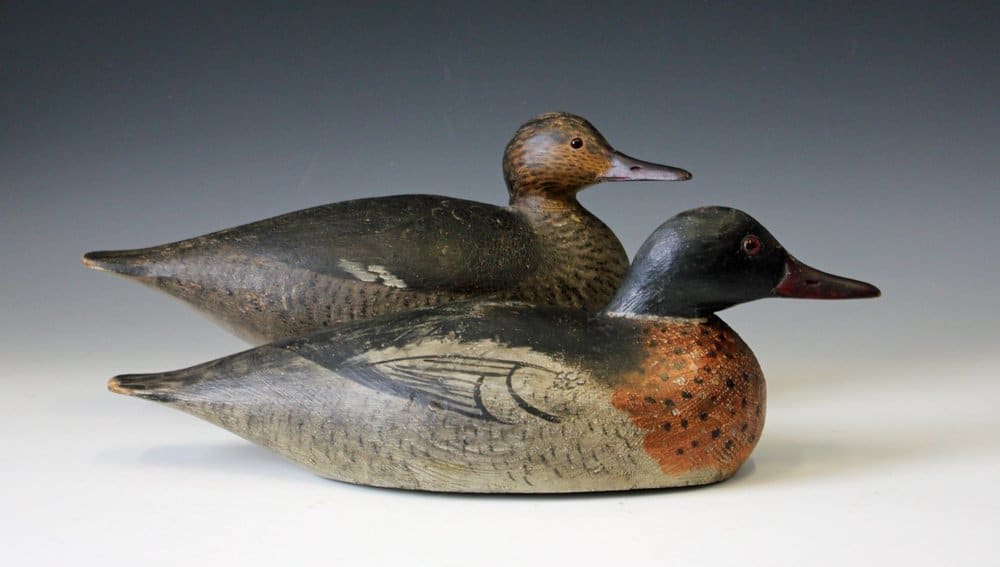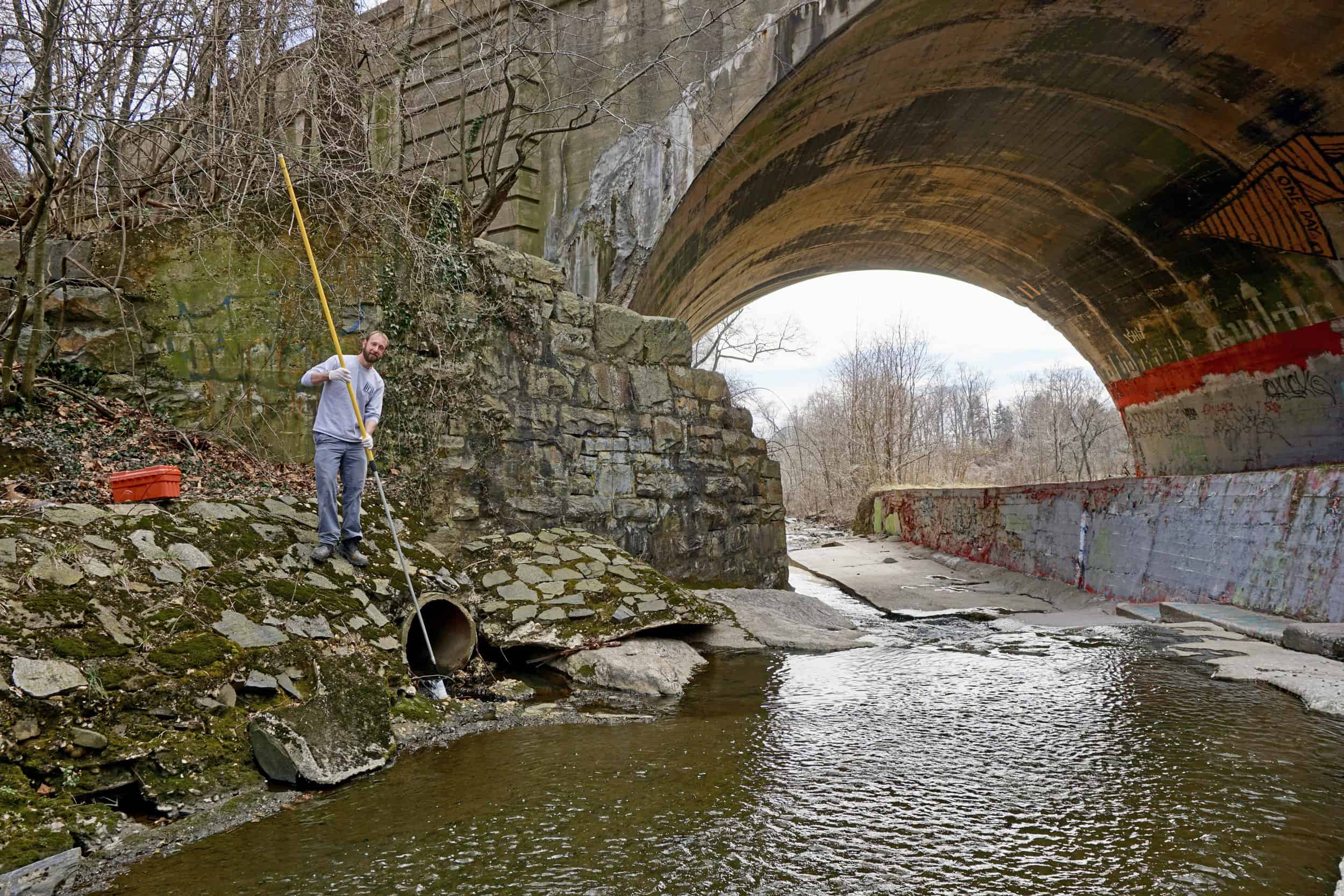A long-term restoration project on the seaside of Virginia’s Eastern Shore is paying a special dividend this month. Wintering Atlantic brant geese, largely absent on the Atlantic coast south of Long Island for more than half a century, are returning to the broad, shallow coastal bay behind seaside barrier islands.
Until the 1930s, these bays were loaded each year with a rich collection of fish, crabs, shellfish, and migratory waterbirds. A big driver of that ecosystem was the vast acreage of underwater eelgrass meadows, which served as both food and habitat for the members of that community.
During that decade, however, the double whammy of a wasting disease and the brutal hurricane of 1938 wiped out the meadows, leaving the bays’ bottoms barren for decades. Although some fish, crab, and shellfish communities survived, others directly dependent on eelgrass disappeared.
Although brant can shift to other plants like sea lettuce, they lack the winter
nutritional value of eelgrass, so the birds short-stopped their migrations further north.
What has brought them back to Virginia is a long-term restoration partnership between the Virginia Institute of Marine Science (VIMS), the University of Virginia (UVA), The Nature Conservancy’s Virginia Coast Reserve (TNC VCR), and local citizens from the Eastern Shore community, with financial support from federal, state, and private sources.
Over the past 21 years, teams of scientists and volunteers have hand-planted more than 70 million eelgrass seeds over 500 acres. The intensive and enduring nature of the effort has given the beds resilience to withstand the wide range of weather thrown at them by the Atlantic over that time.
Today the beds are lush and healthy, teeming with many of the critters that thrived there in former times, including a small but emerging stock of bay scallops that the research team reintroduced.
There’s more. “The bay scallops have gotten most of the publicity, and we are delighted by their progress,” says VIMS seagrass professor and project leader Dr. Robert “JJ” Orth, “but the brant are pouring back down onto those beds now, after 80 years away. These birds nest further north than any other geese, on tundra above the Arctic Circle. Think of how far they come.”
They’ll stay here all winter and well into the spring, when the eelgrass is growing strong. The plants will get them through the winter in good condition and fuel them for their long flights back north when the tundra thaws enough for them to nest. These brant form just one more indication of how valuable eelgrass communities are.
You can read more about Virginia coastal bays eelgrass restoration project.
-John Page Williams




